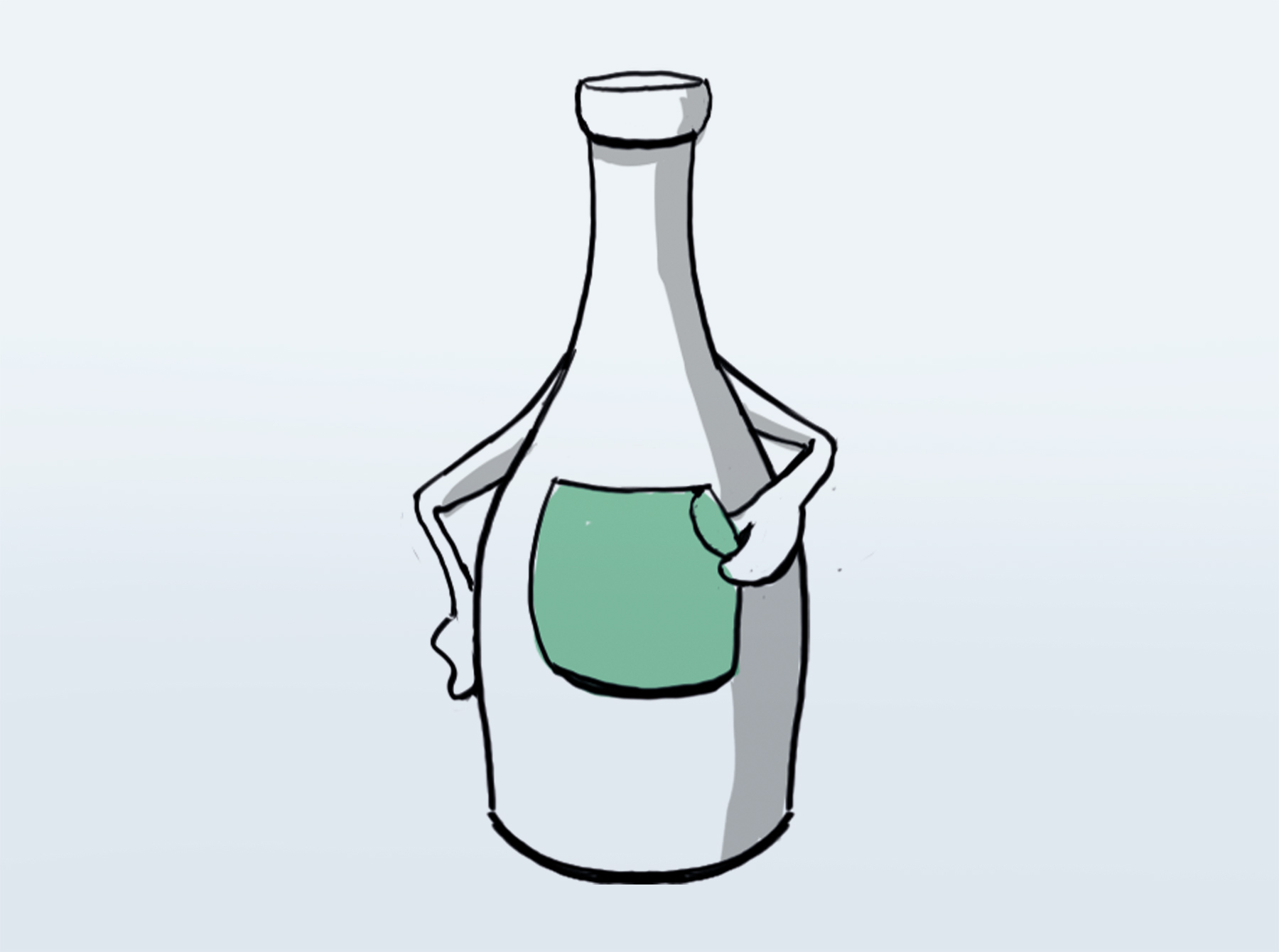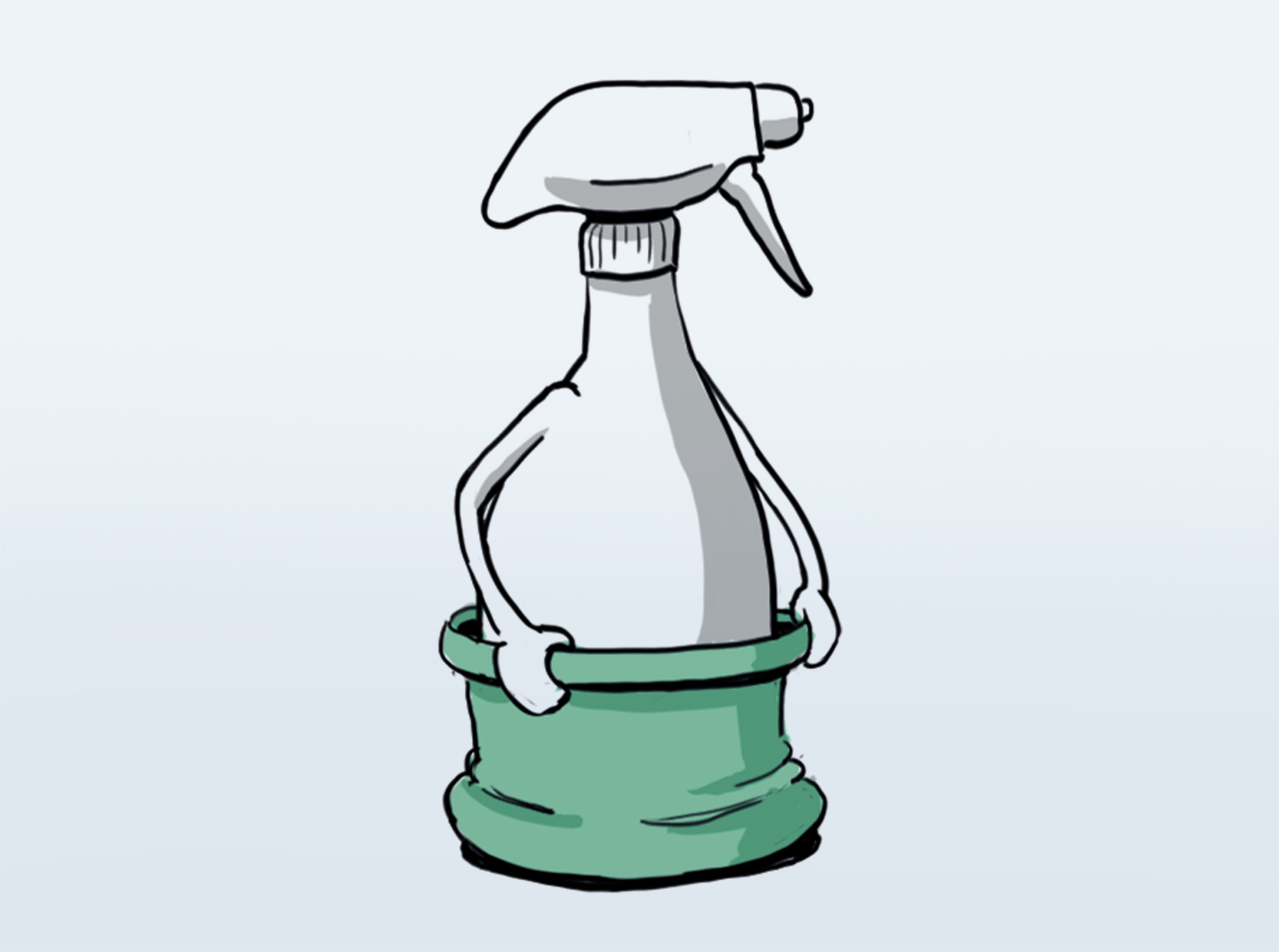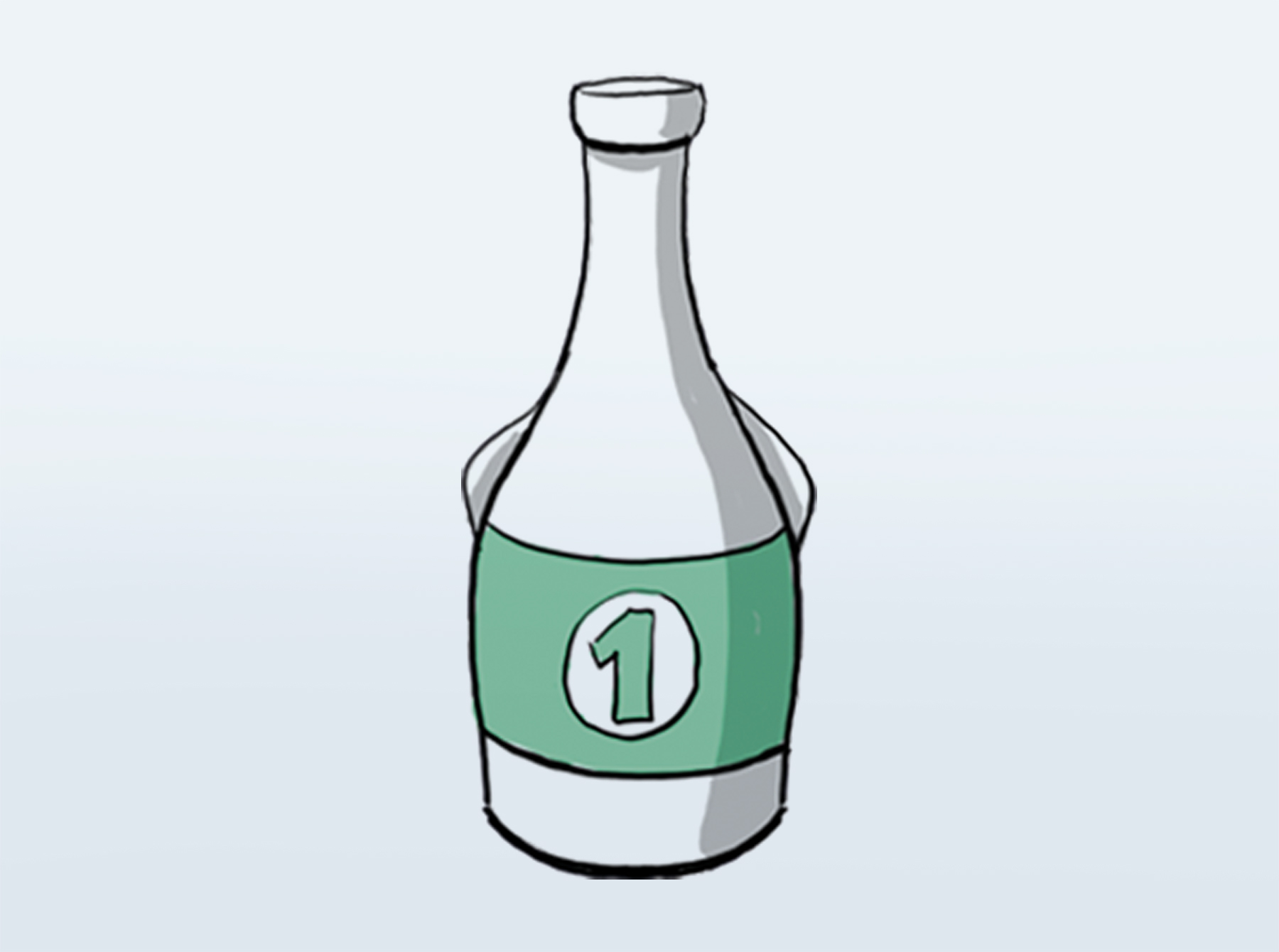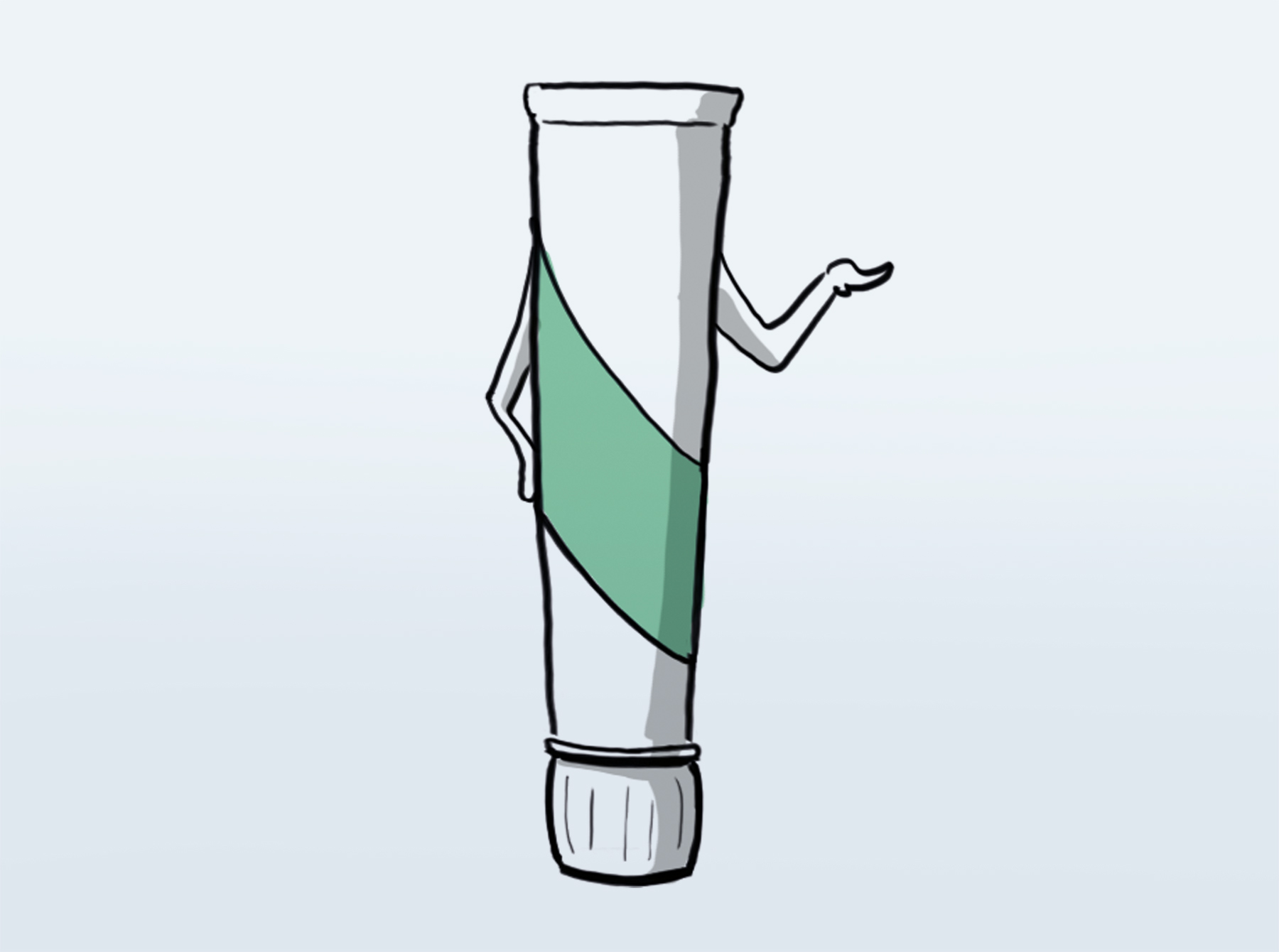The processing of classic self-adhesive labels through to state-of-the-art mono films and composite materials is now standard practice in label printing. In addition to various main printing processes, different finishing techniques such as screen printing, hot or cold foil stamping, and relief embossing are also used.
The processing of a wide variety of materials on the one hand and a wide range of printing and finishing processes on the other require flexible, expandable production resources and in-depth expertise.
Gallus printing presses are designed to contribute to the success of label printers in an environment with constantly changing application requirements.

When people say "label," they often mean self-adhesive labels. Self-adhesive material was introduced to the market in the 1940s and is now considered a classic among product decorations, with countless variations in the combination of carrier material and label material. Alongside wet glue labels, self-adhesive labels are the most commonly used form of product decoration.
Thanks to their easy application and excellent material properties, self-adhesive labels are suitable for all types of product decoration.
Gallus printing presses meet all requirements for flexible and efficient processing of self-adhesive materials.



The label family has grown significantly since the late 1990s. The new members of the family are called wrap-around, roll-on shrink-on, in-mold, shrink sleeve, and stretch sleeve labels—in short: monofilm labels.
Monofoil labels are popular in the beverage segment, among others, because they offer a large area for advertising and information compared to the product container. These are usually very thin, highly stretchable substrates with partially defined thermal behavior.
Gallus printing presses are particularly well suited for processing mono-film applications, not least thanks to an intelligent web transport concept that takes into account the special substrate properties (elongation, snap-back, thickness, surface).

Traditional wet glue labels still dominate, especially in markets with high order volumes such as mineral water, beer, wine, and spirits. The wine and spirits segments in particular are facing increasing levels of finishing.
The Gallus printing press concept is also particularly well suited to the production of highly finished wet glue labels. Printing, finishing, coating, and die cutting are carried out in a single pass (inline), saving time and money.



Laminates, also known as composite materials, are used where function is combined with decoration. These are often aluminum-coated plastics or plastic composites such as tube laminates and tubular bags.
All laminates have high material costs in common. Waste reduction is therefore a key issue in processing.
Gallus printing presses minimize waste thanks to their ergonomic design, intelligent presetting concepts, dynamic process parameters, and efficient register control systems.